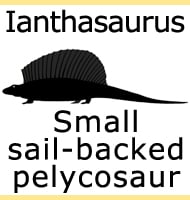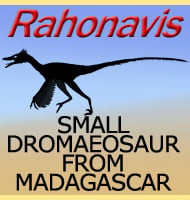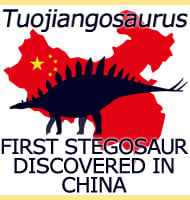Wamweracaudia
In Depth Wamweracaudia is a genus of mamenchisaurid sauropod dinosaur that lived in Africa during the late Jurassic. Further Reading - Taxonomic affinities of the putative titanosaurs from the Late Jurassic Tendaguru Formation of Tanzania: phylogenetic and biogeographic implications for eusauropod dinosaur evolution. - Zoological Journal of the Linnean Society. - Philip D Mannion, Paul … Read more


